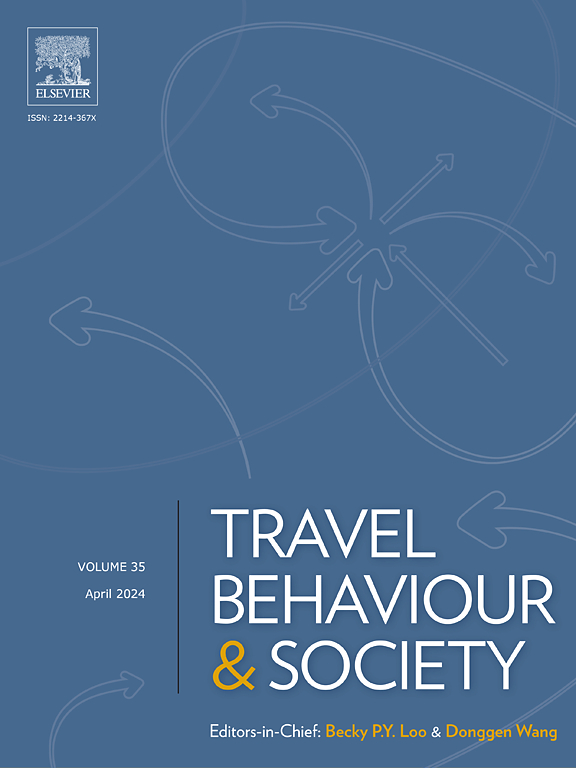Troubling autonomous public transport: Comparing people with ambulatory disability and older adults’ perceived barriers, identification, and communication preferences
IF 5.1
2区 工程技术
Q1 TRANSPORTATION
引用次数: 0
Abstract
This study responds to how people with disability and older adults are jointly figured as warrants for autonomous public transport development in Singapore. As the state seeks to incorporate autonomous technology into its public transport system, the associated discourse has uncritically paired disability and ageing identities as potential beneficiaries. Drawing upon focus group data with 20 people with ambulatory disability and 21 older adults, we found that both groups perceived distinct barriers to autonomous public transport use, differed in their identification with the logics undergirding the technology’s development, and had different preferences for related communication. Yet, despite participants’ opposing valuation of autonomous public transport, their responses gestured toward an overarching technology system that has prioritised efficiency over the inclusion of diverse body-minds. Our findings further reveal how people with ambulatory disability and older adults view themselves to be outside the boundaries of the normative APT user—people who are non-disabled, young, and receptive to technology. This study contributes to a broader understanding of how disability and ageing studies can productively converge to assess the systems of disadvantage that have defined the social positions of both identities. Simultaneously, our findings caution against inappropriately conflating the lived experiences and perspectives of people with disability and older adults, especially regarding the design and communication of new transport technology.
令人不安的自动公共交通:比较行动不便的人和老年人的感知障碍、识别和沟通偏好
这项研究回应了残疾人和老年人如何共同被认为是新加坡自主公共交通发展的保证。随着国家寻求将自动驾驶技术纳入其公共交通系统,相关话语将残疾和老龄化身份不加批判地配对为潜在受益者。根据20名残疾人和21名老年人的焦点小组数据,我们发现两组人都认为自主公共交通使用存在明显的障碍,他们对技术发展的逻辑认同不同,并且对相关交流有不同的偏好。然而,尽管参与者反对对自动公共交通的评估,但他们的回答表明,他们支持一个优先考虑效率而不是包容不同身心的总体技术系统。我们的研究结果进一步揭示了残疾人和老年人如何将自己视为标准APT用户(非残疾人、年轻人和接受技术的人)的界限之外。这项研究有助于更广泛地了解残疾和老龄化研究如何有效地融合在一起,以评估定义了这两种身份的社会地位的劣势系统。同时,我们的研究结果提醒人们不要将残疾人和老年人的生活经历和观点不恰当地混为一谈,特别是在新交通技术的设计和交流方面。
本文章由计算机程序翻译,如有差异,请以英文原文为准。
求助全文
约1分钟内获得全文
求助全文
来源期刊

Travel Behaviour and Society
TRANSPORTATION-
CiteScore
9.80
自引率
7.70%
发文量
109
期刊介绍:
Travel Behaviour and Society is an interdisciplinary journal publishing high-quality original papers which report leading edge research in theories, methodologies and applications concerning transportation issues and challenges which involve the social and spatial dimensions. In particular, it provides a discussion forum for major research in travel behaviour, transportation infrastructure, transportation and environmental issues, mobility and social sustainability, transportation geographic information systems (TGIS), transportation and quality of life, transportation data collection and analysis, etc.
 求助内容:
求助内容: 应助结果提醒方式:
应助结果提醒方式:


